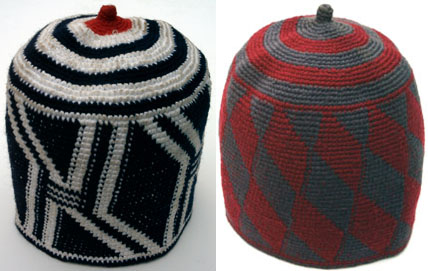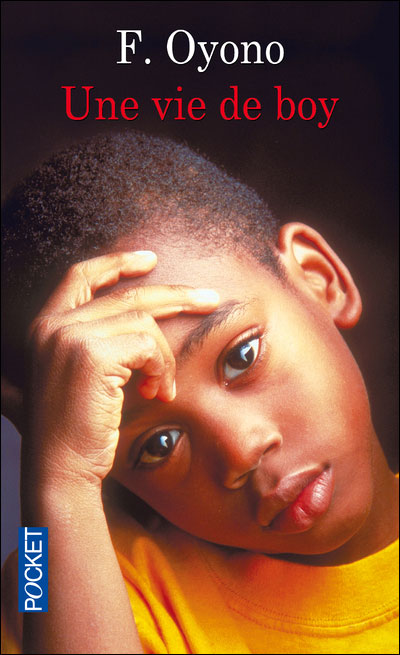Cameroonian art is identified by its tremendous
expressionism in almost all aspects of their arts. The most popular of the
traditional arts regions tend to come out of the Cameroonian Grasslands. Creating
indigo-dyed clothes were an art form designated to the elite. These cloths were
covered in various designs that carried certain meanings. They utilized local
symbolism on masks and other everyday items as well.
One art form that is prevalent in Cameroon is the tapestry
crochet. This is a way of taking yarn or felt and weaving them into bags, hats,
sweaters, blankets, etc. It’s actually becoming a popular art in the US; I know
several people who crochet and knit (not me, I have too many hobbies as it is.)
Other art forms found in Cameroon would be woodworking, clay
sculptures, and stone work. Most of these kinds of arts can be found as home
wares (tables, chairs, etc), commercially sold art, and for religious purposes.
Of course, painting has also been important to the art
scene, and many of the techniques were introduced and taught by the French. I
came across the paintings of Angu Walters, an artist from the city of
Bamenda. I really like his
artwork; it’s very striking with its bright colors and geometric shapes and
quasi-symmetry. In fact, at first glance, even amateur art appreciation
students like myself sees his work as an African Picasso. My favorite by far is one called “The
Drummer and the Flutist.”
I had mentioned in an earlier post that a Bamum sultan had
created and developed their own alphabet toward the end of the 1800s that they
used to write down local customs and laws. Soon afterwards, the Germans came
into the country, and although German may not be spoken much today in Cameroon,
they did leave their lasting impression on its literature. Many of the first
books were written in German as well as local languages, although Jean-Louis
Njemba Medou is often credited with writing the first novel in 1932. The works that were written before this
were based in politics and law.
After the country was divided between the French and the
British, the national languages obvious changed with this as well. The first works written in French
started to come out in the 1920s and 1930s, most notably with a set of short
stories written by Isaac Moumé Etia. And some writers like Louis Pouka Mbague
had a very amorous relationship with its colonizing country, France.
There was a second generation that emerged, whose main focus
centered mostly around the lack of socio-economic progress (especially right
after independence) and condemning the war-ridden changes in power-hungry
regimes that plague much of Africa. Among the leaders of this movement were Mongo Beti and Ferdinand Oyono and others. Many women made their name in Cameroonian
literature as playwrights, novelists, and poets. Among the more familiar names
are Thérèse
Kuoh Moukouri, Rabiatou Njoya, Brigitte Tsobgny, Léonora Miano, and Calixthe
Beyala.
Up next: music and dance




No comments:
Post a Comment